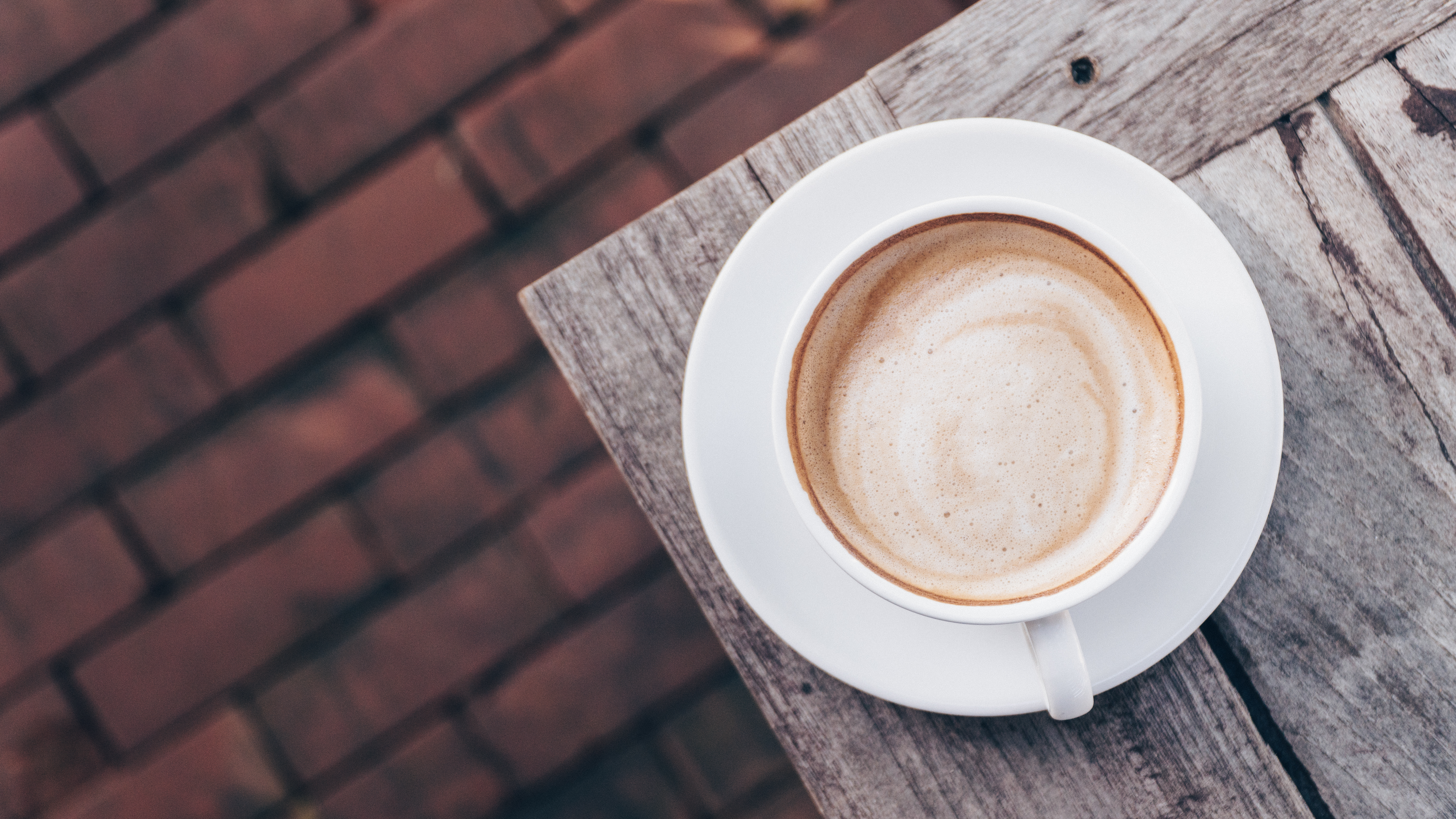How Do You Judge A Coffeeshop? By Its Cappuccino
Recently I went out for beers with a friend who previously worked for a San Francisco coffee roaster, and we got to talking about our respective mood-altering beverage of choice. I mentioned that, when I'm visiting a new brewery, I'll always order a pale ale first, if one is on draft. It's a brewery barometer: If someone can't make a decent pale ale, I don't have much hope for their other beers. It's a beer that's all about balance, about the simple yet crucial interplay between hops and malt.
"What's the coffeeshop equivalent?" I asked my friend.
"A cappuccino."
A cappuccino, he explains, is completely behold to its simple, component parts: just espresso, steamed milk, and foam. So if a cappuccino is the frothy standard by which we should judge our coffeeshops, then what are the elements of an exemplary version? I knew I wasn't the person to answer this—I'd like to pause for a moment to apologize to all the customers of the bistro where I worked from 2005-2010, serving what I now know were bumbling, godawful espresso beverages—so I asked the real experts. Here's their anatomy of a perfect cappuccino:
Warm, small cup
Just like you wouldn't want a cold beer served in a hot-from-the-dishwasher glass, you don't want a hot cappuccino served in a cold cup. Ideally, a barista should fill the vessel with hot water to warm it while the rest of your drink is prepared. And the cup should be no larger than 5 or 6 ounces, otherwise you'll throw off cappuccino's crucial milk-to-espresso-to-foam ratio. "If you try to put this in a 20 ounce-cup, the espresso flavor gets lost with all that milk," said Spencer Turer of Coffee Enterprises, a coffee consulting and analysis firm. "It's really hard in a 20-ounce cup to make that ratio work. You'd need four, five, six shots of espresso."
Fresh-ground beans
As with an espresso or coffee beverage, fresh, quality beans make all the difference when it comes to a proper-tasting cappuccino. Dr. Mark Corey, director of science and government affairs for the National Coffee Association says that means beans should be ground just prior to preparing that shot of espresso. Put another way: "If you don't hear grinding, that's a huge red flag," Turer said.
An equal ratio
Like a Negroni, a cappuccino is an equal-parts beverage. (Unlike Negronis, cappuccinos generally improve my morning disposition.) The ratio is generally one part espresso to one part steamed milk to one part foam; you can stir all the layers together, if that's your preference, but too much milk or too much foam will throw off the bitter-to-sweet balance that makes a perfect cappuccino.
Cold-to-hot steamed milk
Each order should get its own freshly steamed milk. So the milk a barista uses to make your cappuccino should start out cold from the refrigerator, Corey says, not from a room-temperature or warm pitcher. And notice the volume of the steam coming from the machine's wand; it shouldn't sound like a jet taking off. If it does, that indicates the wand is hissing air against the side of the milk pitcher rather than into the milk as it should be. "When you're steaming milk correctly, it is not very loud," Turer says. "A little swoosh, a little sound of swirling milk, a little steam leaving the wand, but it's not a loud sound. As soon as you hear the jet engine, you know the drink is being improperly prepared."
Wet foam
When milk is heated, some of its component sugars become even sweeter, which is why the steamed milk component of a cappuccino helps balance the espresso's roast and bitterness. A topping of foamed milk is there for texture and sweetness, so you want a bit of it to melt gloriously into your beverage. You can't do this if the foam is dry, experts say. Dry foam has a sort meringue-like texture that just sits on top of your drink; proper cappuccino foam should be shiny and visibly "wet" looking. Back before milk-foaming technology evolved into those nifty wands we see today, cafes made cappuccinos by spooning the foam on top of the espresso. No more. "Those days of spooning foam on top are long gone," Turer says. "If you see anyone do that, it's not going to make a high-quality beverage, and your expectations should be lowered."
Keeping it simple
Yes, latte art is fun, but it's not a requisite part of a tasty cappuccino. Turer likens the drink to scrambled eggs or pizza: "It's asking, 'Can you make something basic really well?' Perfect foods are all about ratios."
